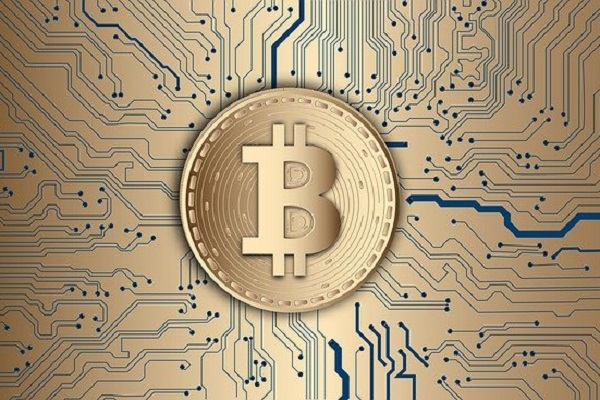Bitcoin is a digital asset and payment system invented by Satoshi Nakamoto. Transactions are verified by network nodes through cryptography and recorded in a public dispersed ledger called a blockchain. Bitcoin has unique features compared to other payment systems, such as the ability to spend them anonymously.

Section 1: What is Bitcoin?
Bitcoin is a digital asset and payment system that was invented by Satoshi Nakamoto. Transactions are verified by network nodes through cryptography and recorded in a public dispersed ledger called the blockchain. Bitcoin is unique in that there are only 21 million of them, which means that it has limited supply. As of February 2015, over 100,000 merchants and vendors accepted bitcoin as payment.
Users access and verify transactions by downloading the bitcoin software on their computers or mobile devices. Transactions are verified by network nodes through cryptography and recorded in a public dispersed ledger called a blockchain. Bitcoin uses encryption to protect against financial fraud or third-party interference.
Section 2: How was Bitcoin created?
Bitcoin is a digital or virtual currency that uses cryptography to secure its transactions and to control the creation of new units. Bitcoin is unique in that it has a finite number of them: 21 million.
Section 3: What are the benefits of using Bitcoin?
Bitcoin is a digital currency that allows users to conduct transactions without having to go through a financial institution. Transactions are verified by network nodes through cryptography and recorded in a public dispersed ledger called the blockchain. Bitcoin has many benefits for the financial sector, including reducing costs and increasing efficiency.
One of the main benefits of using Bitcoin is that it avoids costs. By using Bitcoin, businesses can avoid fees and save money on their overall expenses. Additionally, transactions are verified quickly and easily, which means that businesses can avoid delays caused by third-party verification processes. This increased efficiency can lead to decreased costs for businesses across the board.
Section 4: How to use Bitcoin?
Bitcoin is a digital asset and payment system invented by Satoshi Nakamoto. Transactions are verified by network nodes through cryptography and recorded in a public dispersed ledger called a blockchain. Bitcoin is unique in that there will only ever be 21 million of them: no more, no less.
Bitcoins are a type of digital currency that can be exchanged for other currencies, products, and services. As of February 2015, over 100,000 merchants and vendors accepted bitcoin as payment.
Section 5: What are the risks of using Bitcoin?
There are many risks associated with using Bitcoin, including the possibility of theft or loss of funds, fraud, and cybercrime. Additionally, Bitcoin is not backed by any government or financial institution and can be susceptible to price volatility and market fluctuations. While these risks may be worth taking into account when making a decision to use Bitcoin, there are also many benefits to consider.
Bitcoin is a new and innovative way of handling finances. While there are some risks associated with it, it offers many benefits over traditional currencies. You should do your own research to decide if Bitcoin is right for you.
